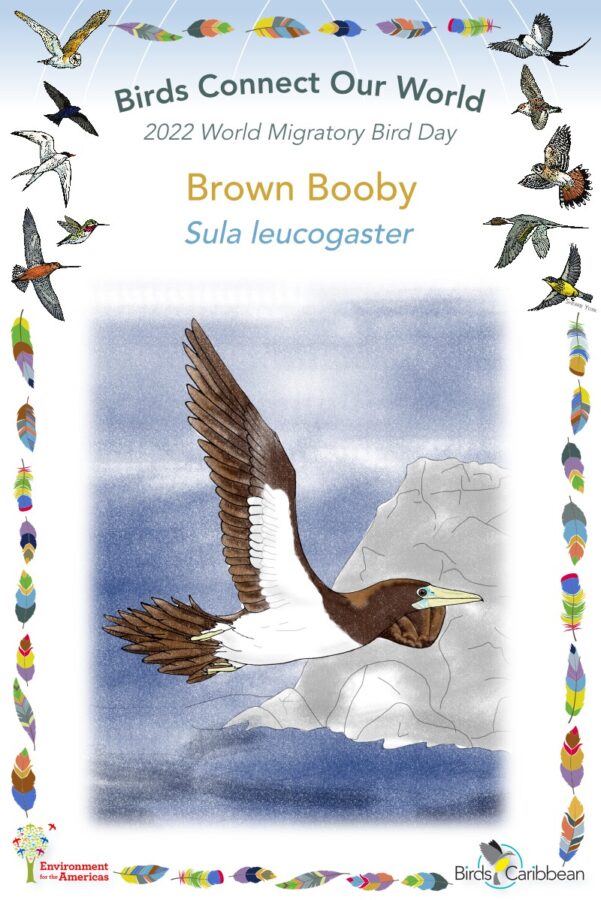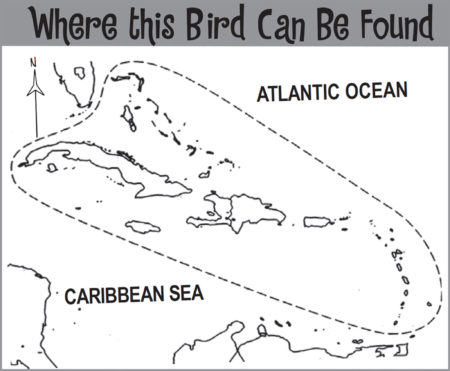Celebrate World Migratory Bird Day (WMBD) with us in 2022! This year’s theme is “Dim The Lights for Birds at Night”. Have fun learning about a new migratory bird every day. We have colouring pages, puzzles, activities, and more. Download for free and enjoy nature with your family at home.
Migratory Bird of the Day: Brown Booby
The Brown Booby is a smart looking seabird with deep chocolate brown plumage above contrasting with a bright white belly. They have pale dagger-like bills and bright yellow legs. Males and females can be distinguished by the color of their bills, their size and their vocalizations. Females have a pink tinge to their bill, are bigger and make a loud honking sound compared to the smaller males which have a blue coloration to their bill and have a much more high-pitched whistling sound.
Brown boobies can be found all over the tropics. This seabird feeds by plunge diving into the ocean to catch its prey, which primarily includes flying fish, and squid. Boobies often forage in mixed seabird flocks and benefit from sub-surface predators such as tunas which drive fish to the surface. While they don’t make a long-distance migration like some birds, they will disperse away from breeding areas and out to sea during the non-breeding season.
They nest in colonies on hillsides, beaches or rocky cliffs of offshore islands and cays. Both males and females share in the incubation of their eggs and the feeding of their young until they fledge at around 100 days old. Females can lay up to 3 eggs, but only one chick ever survives, if younger chicks hatch in the nest the larger first-born chick ejects them out of the nest and the parents stop feeding it. It is believed that parents lay more eggs than they can actually raise as an insurance policy in case the first egg does not hatch or the chick dies at a very young age.
Brown boobies are listed as least concern by the IUCN, however, as ground nesters they are extremely vulnerable to introduced predators such as rats, cats and mongoose. They do best on predator-free islands. At sea they face threats from entanglement in fishing lines (by-catch) and can also act as indicators of at-sea plastic pollution, as they collect plastics from the sea surface and include them in their nests. Learn more about this species, including its range, photos, and calls here.
Colour in the Brown Booby
Download the Migratory Birds of the Day Colouring Page! Use the picture above and the photos on this page as your guide, or you can look up pictures of the bird online or in a bird field guide if you have one. Share your coloured-in page with us by posting it online and tagging us @BirdsCaribbean #WMBD2022Carib
Listen to the calls of the Brown Booby
Mainly silent when at sea, at a breeding colony females make quacking “kaak-kaak-kaak” call.
Puzzles of the Day
Click on the images below to do the puzzle. You can make the puzzle as easy or as hard as you like – for example, 6, 8, or 12 pieces for young children, all the way up to 1,024 pieces for those that are up for a challenge!
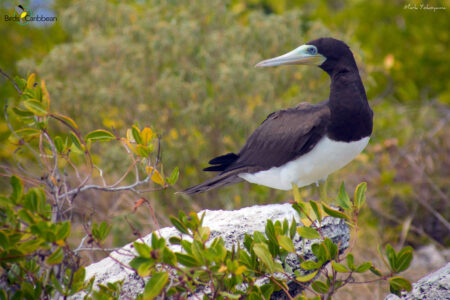
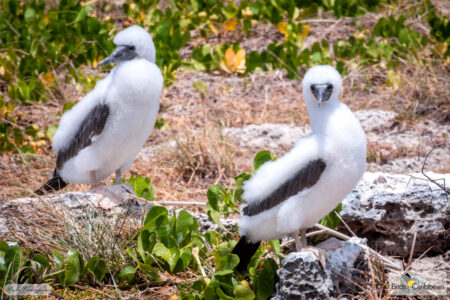
Activity of the Day
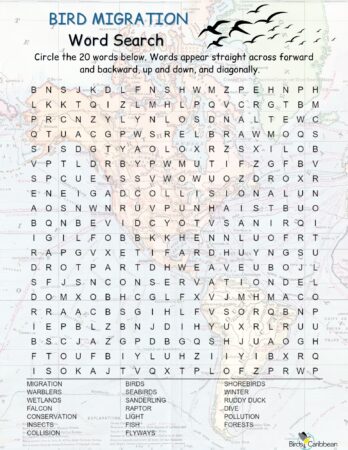 FOR KIDS: We have reached the end of our 2022 celebration of migratory birds in the Caribbean! We hope you have enjoyed learning all about the fascinating birds that we have featured this year, but…..how much do you remember about migratory birds? Remind yourself of some the birds we featured and some of the ‘key words’ linked with bird migration with our Bird Migration Word Search. We have made it challenging with 20 words for you to seek out! Look carefully and find them all.
FOR KIDS: We have reached the end of our 2022 celebration of migratory birds in the Caribbean! We hope you have enjoyed learning all about the fascinating birds that we have featured this year, but…..how much do you remember about migratory birds? Remind yourself of some the birds we featured and some of the ‘key words’ linked with bird migration with our Bird Migration Word Search. We have made it challenging with 20 words for you to seek out! Look carefully and find them all.
Remember that word can be straight across, up and down or diagonally and that words can also be forwards or backward. The Once you think you have found all the hidden words you can check your answer here. If you missed one of our birds, want to tackle another puzzle or activity or want to remind yourself of some of the birds that we featured in 2022 or in 2020 you can find all of our past ‘Migratory Birds of the Day’ here.
FOR KIDS AND ADULTS: Enjoy this video of a Brown Booby
Read all about the amazing transformation of the island of Redonda : This small island is part of Antigua and Barbuda. It is uninhabited but has become an eco haven for many wildlife including seabirds, migratory birds, and an endemic reptile! Before 2018 the island was overrun by introduced black rats and goats. The now lush and vibrant island is a stark contrast to what Redonda used to look like! Find out how the committed and hard-working team of local and international conservationists was able to transform the island from a barren rock to a green gem.

